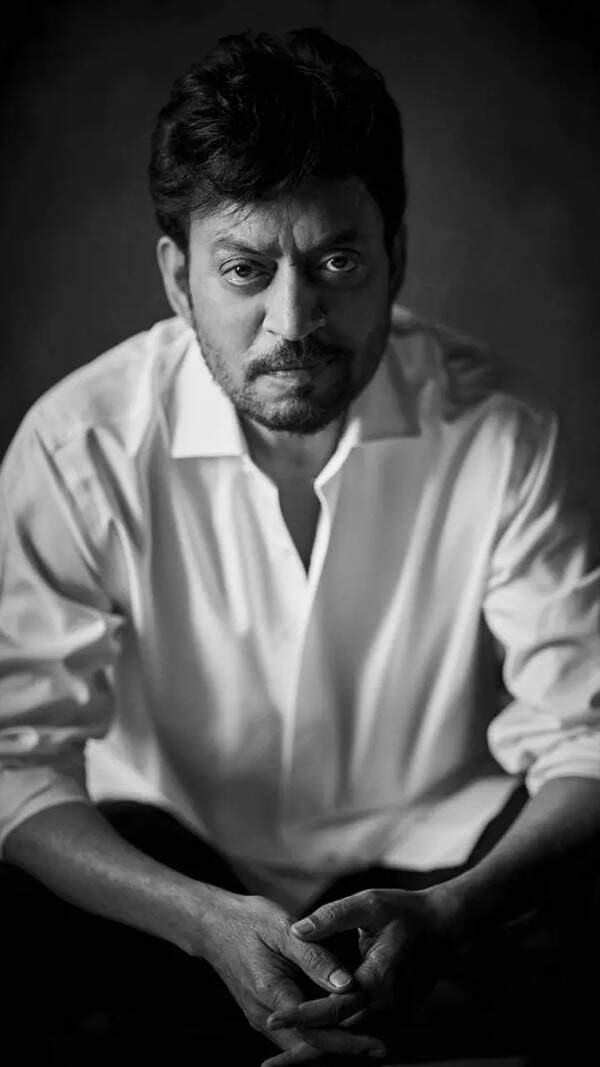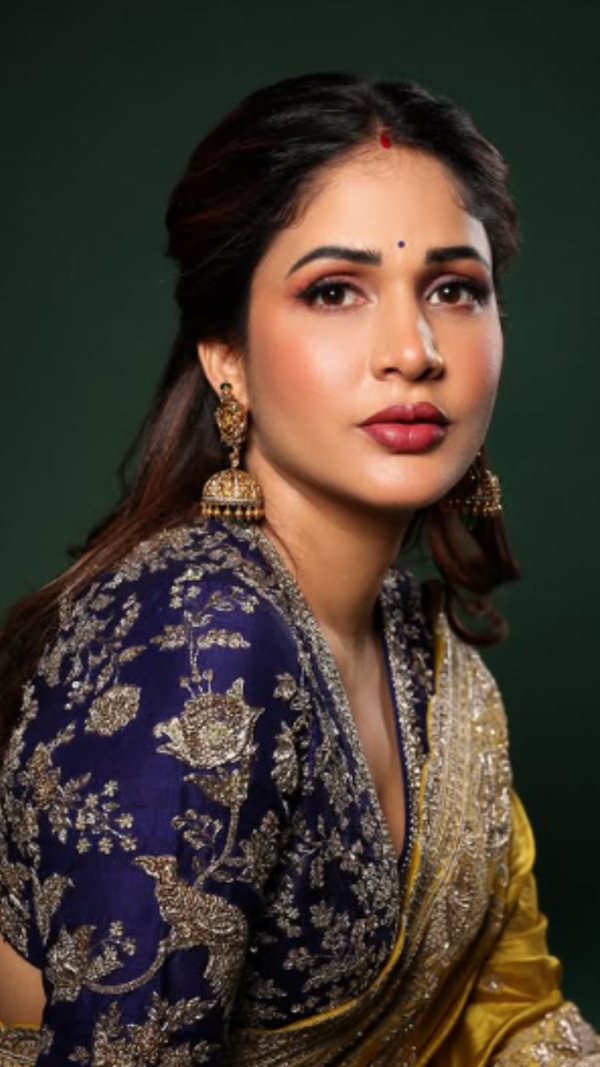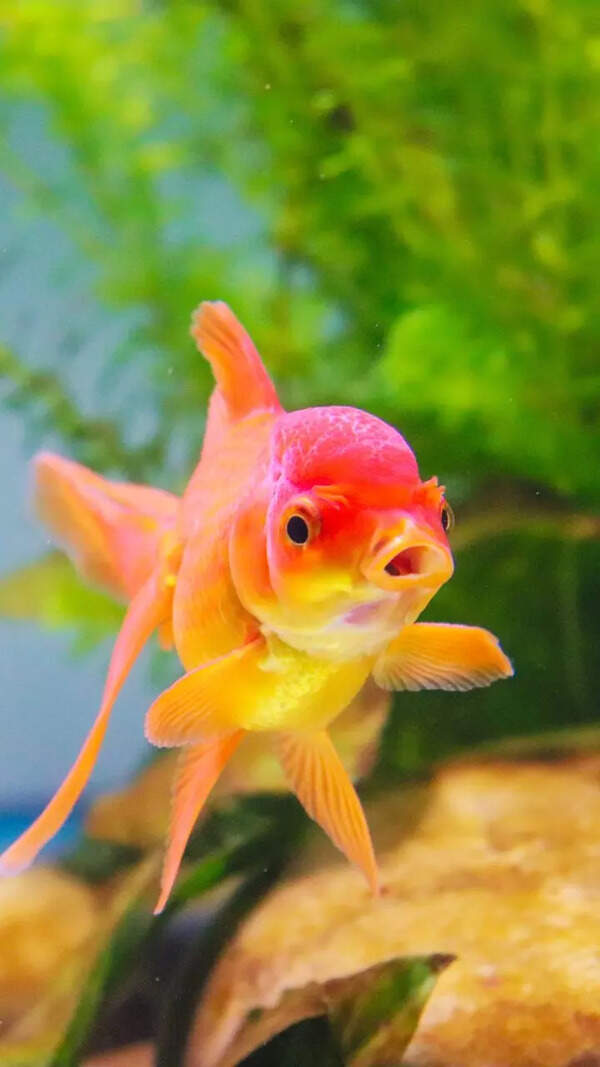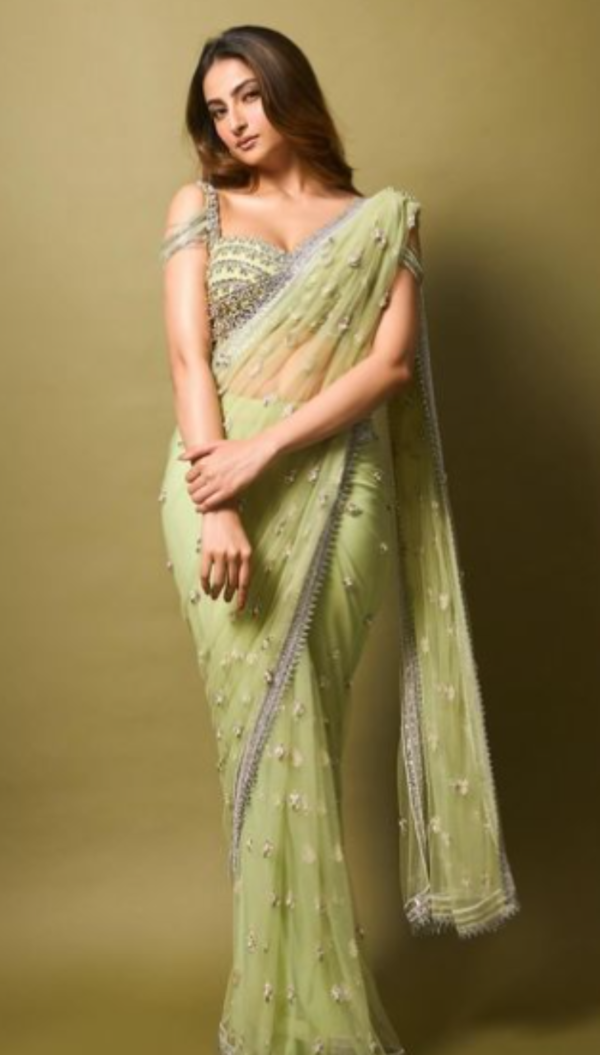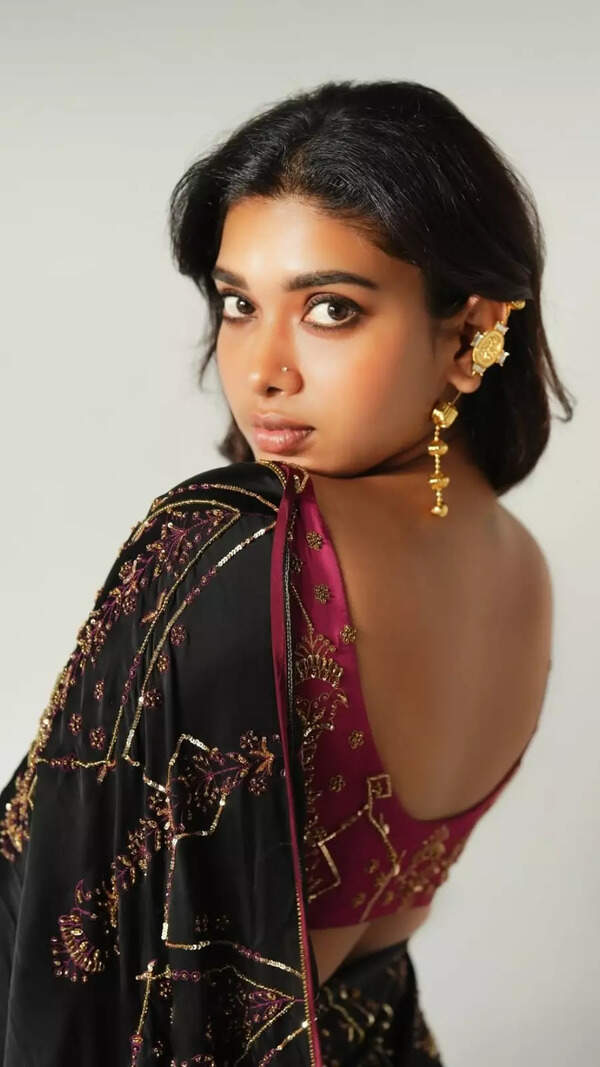Celebrating Eid with words: A guide to 'Eid Mubarak' in various Arabic dialects

Celebrating Eid with words: A guide to 'Eid Mubarak' in various Arabic dialects
Eid ul-Fitr is celebrated with great enthusiasm and devotion by millions of Muslims around the world. The festival is celebrated with communal prayers, family gatherings, and shared days of joy, this includes greetings which is a way to give well-wishes for prosperity, peace, and happiness to all the people. One of the most common wishes used during Eid is "Eid Mubarak," which means "Blessed Eid." However, the way this greeting is expressed varies across different Arabic dialects, which shows the rich linguistic diversity in the Arab world. Each country also has its special way of celebrating Eid, and this is seen not only in customs and traditions but also in language. Here are the different greetings showing how "Eid Mubarak" is adapted in different Arabic dialects, from Egypt to the Levant, from the Gulf to North Africa, these dialects allow us to have a glimpse into the local flavour of Eid celebrations.

Mauritian Arabic
Mauritian Arabic is a comparatively rare dialect spoken by the small Muslim community on the island. Though Arabic isn't the dominant language in the island country, the phrase “Eid Mubarak” is still used during Eid celebrations. Mauritian Arabic is influenced by both Arabic and French and sounds different from the Arabic spoken in other parts of the world, but it still carries the same sense of warmth and community. In Mauritius, Eid is a special time for family gatherings, and the use of “Eid Mubarak” is not just a wish for happiness and blessings but truly an expression of love and warmth.

Yemeni Arabic
Yemeni Arabic is one of the oldest and most classical forms of Arabic. The dialect retains many features of classical Arabic, and the pronunciation is more traditional. During Eid, Yemenis often greet each other with “Eid Mubarak”, which feels particularly special owing to the formal tone of Yemeni Arabic. Yemen has a rich culture of hospitality, and Eid is a time to celebrate with extended family and close friends. When a Yemeni says “Eid Mubarak”, it’s not just a greeting, but an invitation to share in the joy of the holiday with them. The warm, respectful tone of the dialect is only an addition to the warm nature of the greeting.

Sudanese Arabic
Sudanese Arabic is spoken in Sudan and has influences from various languages, including Nubian, Beja, and other African languages, as well as classical Arabic. The dialect is identified by its special way of pronunciation and vocabulary, making it different from other Arabic varieties. During Eid, Sudanese people often use “Eid Mubarak” or “A’id Sa’id” to greet one another. Sudanese greetings are always warm and welcoming, showing the culture’s deep sense of community. Family is everything in Sudan, and Eid is a time to reconnect with loved ones, share meals, and express gratitude. The gentle and sincere tone of Sudanese Arabic makes Eid greetings feel deeply personal, and it’s clear that when someone says “A’id Sa’id”, they truly mean it.

Iraqi Arabic
Iraqi Arabic has a rich, classical feel and is influenced from Kurdish, Persian, and Turkish dialects, it is often considered one of the more “traditional” forms of Arabic where many Iraqis say “A’id Sa’id” to wish their communal people a very happy eid. The Iraqi dialect is a bit softer and slower compared to other Arabic dialects, making their greetings feel warm and genuine. The culture in Iraq strongly emphasises family, hospitality, and respect, so when an Iraqi says “A’id Sa’id”, you know it’s coming from the heart. Eid is a time for both joy and reflection, and these greetings reflect the depth of Iraqi culture.

Algerian Arabic
Algerian Arabic, or Darija, shares similarities with Moroccan Darija, but it also has other influences, particularly from Berber and French. Algerians use “Mabrouk Al Eid” as a way to exchange greetings during the festival season. Algerians, like the people of their neighbouring nations, are all about family and togetherness during Eid. They enjoy large family meals, sweet treats, and catching up with relatives. The most special thing about Algerian Arabic is that it has a more musical tone, especially when people are excited, which makes the greeting feel even more festive and full of life. “Mabrouk” is one of those special words that add an extra layer of joy and celebration to the Eid wishes.

Tunisian Arabic
Tunisian Arabic, or Tunisian Darija, is influenced by Berber, French, and even Italian, making it one of the most easily identifiable dialects in the Arab world. Like many others, Tunisians use “Eid Mubarak” but also say “A’id Sa’id” to wish someone a joyful holiday. The Tunisian way of speaking has a soft tone and special rhythm, and their Eid greetings are just as warm and inviting. When a Tunisian says “A’id Sa’id”, you can almost feel the hospitality in their voice. Tunisians love to celebrate with food, music, and family, and their Eid greetings show this festive, community-focused spirit.

Moroccan Arabic
Moroccan Arabic, or Darija, is a distinct dialect that has a strong Berber, French, and Spanish influence in addition to its Arabic origins. The dialect can be quite dissimilar from other Arabic dialects because of these influences, so speakers of other Arabic dialects may have difficulty understanding it. During Eid, Moroccans say both "Eid Mubarak" and "Eid Sa'id" to one another in wishing each other a happy and blessed holiday. However, the Moroccan way of speaking is often identified by its melodic, rapid-fire style of speech and the blending of languages. Darija-speaking people also use short forms and slang as a part of their wishes, which makes their speech sound informal and cute. Moroccan culture is rich in tradition, and Eid is a time for happy and colourful family gatherings, and feasts, and is accompanied by the joy of wearing new clothes. “Eid Mubarak” or “Eid Sa’id” are often said with a sense of warmth and joy, accompanied by the traditional acts of giving, known as Zakat al-Fitr or charitable giving.

Gulf Arabic
The Gulf Arabic dialect is used in majorly six countries of the Gulf Cooperation Council (GCC) - Saudi Arabia, UAE, Qatar, Bahrain, Kuwait, and Oman. The dialect has Bedouin influences and has numerous different ways of expression and pronunciation when compared to other Arabic dialects. Gulf Arabic is a "pure" form of Arabic as it still has numerous characteristics of classical Arabic. During Eid, the locals use the phrase, "Mabrouk Al Eid", which means "Congratulations on Eid." The Gulf region is very hospitable and respectful, and Eid is a time for extravagant family dinners, lavish feasts and celebrations. The greetings symbolise deep respect and community, and individuals tend to exchange gifts and visit relatives. The Gulf dialect also uses honorary titles, particularly when they refer to seniors or individuals of a superior status.

Levantine Arabic
Levantine Arabic is spoken in Lebanon, Syria, Jordan, and Palestine. The dialect has been popularly known for its song-like tone and is staged as one of the most "romantic" varieties of Arabic. It is a mix of classical Arabic and other regional influences like Turkish, French, and English. In the Levant, on Eid, people say "Eid Mubarak" or "Kul 'Am Wa Antum Bi Khair," which means to "May you be well every year." This expression is not only used on Eid but is also used to wish for longevity and good health on other festive occasions. Levantine people welcome and greet people warmly and their ‘Eid greetings’ are accompanied with hugs and kisses. "Kul 'Am Wa Antum Bi Khair" has a strong cultural importance that symbolises health, wealth, and wellness throughout the year.

Egyptian Arabic
Egyptian Arabic, or Masri, is the most widely spoken dialect throughout the Arab world, partly because of Egypt's powerful media sector, particularly in film and television. The dialect is full of colloquial expressions and has been influenced by both Arabic and other languages like French and English. On Eid, Egyptians mainly greet each other with the phrase "Eid Sa'id", or "Happy Eid." The dialect has a casual pronunciation, and words are usually shortened or used in slang. The expression "Eid Sa'id" is an expression of sincere wishes for a happy celebration. Egyptians are famous for their hospitality and warmth, and the greeting is a manifestation of welcoming the holiday season. Eid Sa’id” holds a special place in the Egyptian context, often said with a smile and accompanied by family gatherings and festivities.

